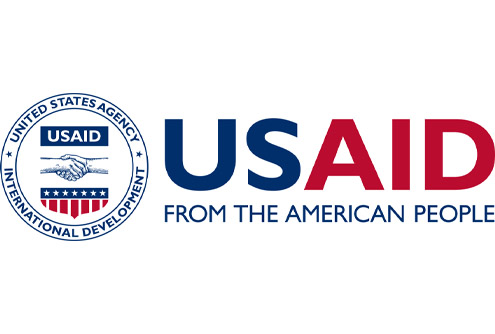Making Displacement Safer Cookbook
Findings and recommendations
from the Making Displacement Safer participatory processes
The Making Displacement Safer project had a community focus and aimed to bring the needs of displaced populations to the forefront.
Local interventions were implemented in 11 countries, with each one led by a GNDR member organisation already active in that urban context. In order to ensure that local implementation addressed the communities’ most pressing needs, each implementing organisation undertook a survey to understand the threats, consequences, actions and barriers of displaced populations in urban areas. To do this, they utilised the GNDR Views From the Frontline (VFL) methodology to carry out interviews with displaced populations, government representatives and other influential civil society stakeholders.
Interviews with displaced people
Interviews with governments & CSOs
Case studies collected
“From the stakeholder map we produced, we can see the government employees and officials responsible for IDPs. They are our allies, and they can contribute in many ways in reducing problems…but they don’t know all of the barriers on the ground and how much suffering could be alleviated with a decision. We need better planning and communication mechanisms between different stakeholders.”
Ayad Salih, Executive Director, Iraqi Institution for Development (IID), Iraq
Once the most pressing challenges were identified, project implementers conducted stakeholder mapping and invited relevant actors to take part in their utilisation of the urban living lab (ULL) approach to consider innovative solutions. This approach brought together displaced populations, the communities that host them, as well as private, civil society and government stakeholders to co-create and co-plan sustainable initiatives. The success of the ULL approach was based on displaced persons participating in decision making on the development, implementation and budgeting of the initiatives. This means that rather than speaking in place of the community and on their behalf, ULL promotes active collaboration and decision making with communities. The approach builds trust, sustainability and social capital through this co-design.
The VFL methodology and ULL approach were complemented with stakeholder mapping, hazard mapping, policy analysis, individual interviews, and focus group discussions with displaced people.
“It was the ULL approach that helped get the communities together. This participatory approach is good in that it entails getting the views of the community and has helped CDHD gain experiences in addressing the issues affecting the communities. Past approaches have been to speak in their place and on their behalf, but this is not suitable. ULL supports being with communities and listening to them.”
Alvin Koumbhat, Circle of Human Rights and Development (CDHD), Republic of Congo
“The ability of the ULL to involve displaced community members in decision making was frequently mentioned as the biggest factor of success, with many community members feeling empowered to speak directly to government decision makers about their concerns, planning activities that met their needs, and in some cases inspiring individuals to pursue more advocacy work in the future. It was also an important element of building trust with communities that have long felt exploited or forgotten by typical approaches to assistance.”
Mani Tahirou, Développement pour un Mieux Être (DEMI-E), Niger
Findings and recommendations
The results of the MDS participatory processes revealed that the overwhelming majority of displaced people continue to be vulnerable to disasters and conflict years after initial displacement. Furthermore, they are at high risk of entering, or staying in, economic insecurity once they have been forced to leave their homes. Typically, the response of humanitarian actors and local governments to displacement is short term and focused on single hazards and may not specifically recognise the needs of the displaced population.
The recommendations of the participatory approaches are included in the GNDR Forced Displacement Global Report. The following key recommendations seek to inform governments, CSOs and other stakeholders working with and advocating for displaced populations:
1. Seek coherent approaches
Work to integrate processes and actions to address climate change, sustainable development and displacement risk to increase efficiency and effectiveness while achieving common goals.
2. Strengthen collaboration
CSOs have an important role in strengthening collaboration among stakeholders. Inclusion is a key aspect of an enabling policy environment.
3. Seek durable solutions
Prioritise addressing economic risks and hazard mitigation – accounting for future displacement – to reduce the number of people in protracted displacement situations.
4. Support effective governance
Utilise an all-of-society and data-driven approach to reduce displacement risk and minimise vulnerability. When possible, civil society should monitor displacement risk data to stop future displacement and involve displaced people, while also supporting effective funding for preparedness, mitigation, response, and adaptation.
5. Ensure inclusion in decision making
It is necessary to understand the perspective of different populations and to strengthen their agency in contributing to decision making.
Terminology
Next chapterMaking Displacement Safer Cookbook
Go to startProject funded by
United States Agency for International Development

Our Making Displacement Safer project is made possible by the support of the American People through the United States Agency for International Development (USAID) – Bureau for Humanitarian Assistance. Content related to this project on our website was made possible by the support of the USAID. All content is the sole responsibility of GNDR and does not necessarily reflect the views of the USAID.
Visit their website